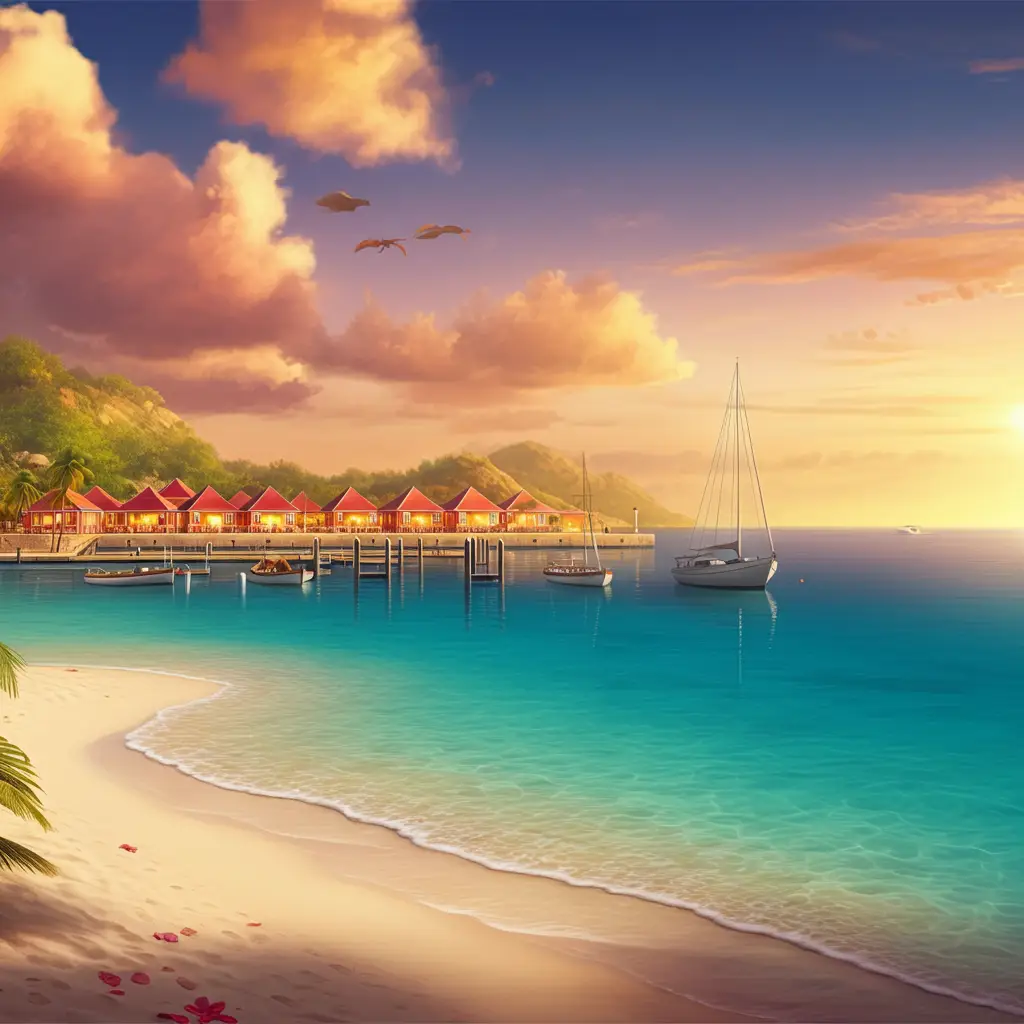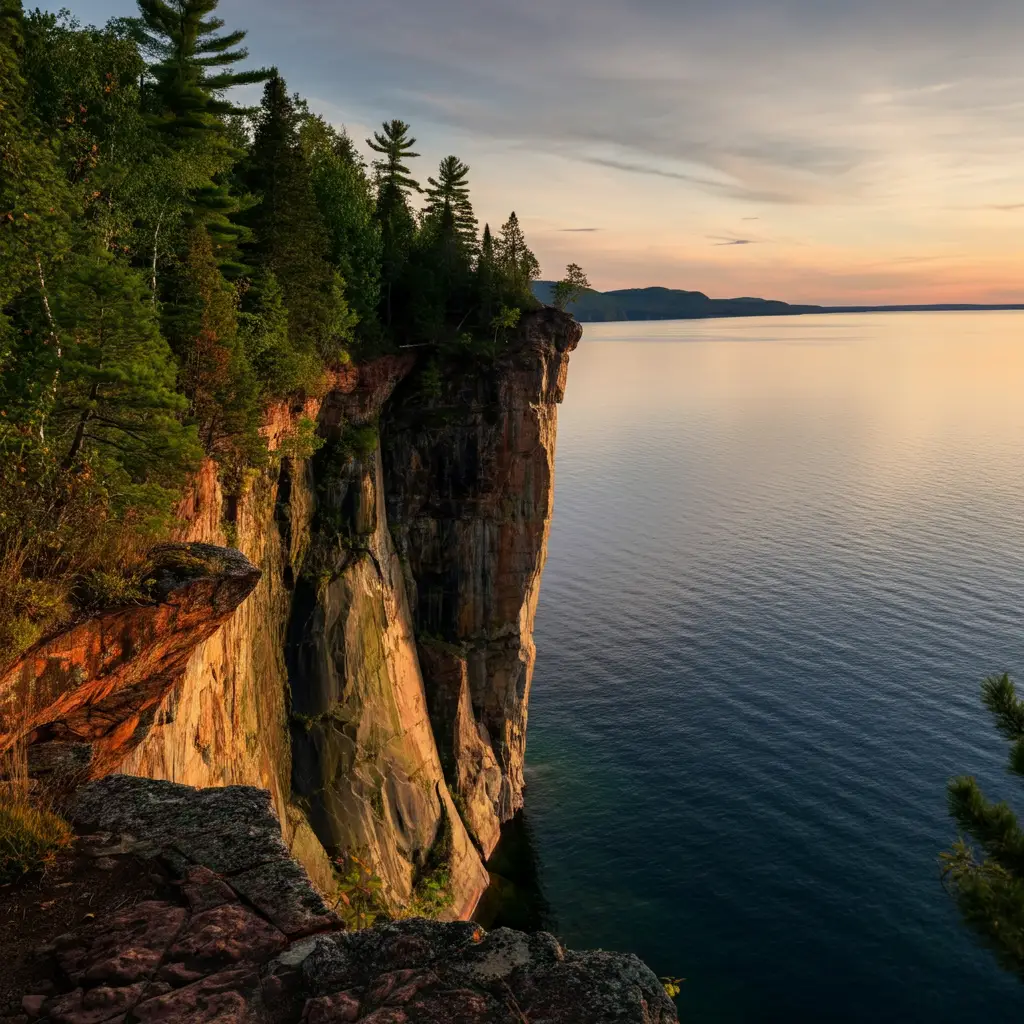Oregon Travel Guide: Coastlines, Cascades, and Timeless Adventure
The Spirit of Oregon
Oregon is a land built for explorers. Wedged between the Pacific Ocean and the Cascade Mountains, it offers more variety per mile than almost anywhere else in the United States. Volcanoes rise above forest canopies, rivers carve through canyons, and small towns thrive between wild landscapes.
It’s a state of contrasts: lush rainforest meets desert, rugged coastlines meet quiet vineyards. Travelers can surf in the morning, hike a volcano by afternoon, and sip local pinot noir by evening. Oregon invites you to roam without rush—to trade itineraries for curiosity.
The Oregon Coast: 360 Miles of Wild Freedom
No fence, no fee, no private beaches—every inch of Oregon’s coast is public. This simple fact defines the state’s relationship with nature: open, wild, and welcoming.
Start in the north at Cannon Beach, where Haystack Rock stands like a sentinel against Pacific waves. It’s one of the most photographed places in the Northwest, especially at sunrise when fog drifts low and the sand glows gold. Nearby, Ecola State Park offers coastal hikes that trace cliffs and forested headlands.
Further south, Newport blends maritime charm with science and history. Visit the Oregon Coast Aquarium or walk the historic bayfront lined with fishing boats and sea lions basking on docks. Keep driving, and you’ll hit Cape Perpetua, where waves crash into blowholes and tide pools teem with life.
End your journey in Bandon or Brookings, where sea stacks rise from turquoise surf. This southern stretch feels quieter, wilder, and perfect for sunset walks.
The Oregon Coast is more than a destination—it’s an unbroken invitation to wander.
The Cascades: Land of Volcanoes and Lakes
The Cascade Mountains divide Oregon from north to south, and within them lies some of the most dramatic scenery in the country. Dominating it all is Crater Lake National Park, a volcanic wonder carved by eruption nearly 8,000 years ago.
At nearly 2,000 feet deep, Crater Lake is the deepest lake in the U.S. Its water, fed only by rain and snow, shimmers in impossible shades of blue. Drive the Rim Road for panoramic views or hike to Cleetwood Cove Trail, the only legal access to the lake’s edge.
To the north, Mount Hood reigns as Oregon’s highest peak and a year-round playground. Timberline Lodge offers skiing even in midsummer, and nearby Trillium Lake provides perfect reflections for photographers.
For those seeking something wilder, Three Sisters Wilderness near Bend is a network of peaks, lakes, and meadows ideal for backpackers. Every trail seems to end with a postcard view.
The Columbia River Gorge: Oregon’s Crown Jewel
Cutting through the northern border, the Columbia River Gorge is where water and rock perform on a grand scale. Steep cliffs, lush forests, and over 90 waterfalls make this one of America’s most scenic corridors.
Multnomah Falls, Oregon’s tallest, plunges 620 feet beside the historic highway. The short paved trail to Benson Bridge gives visitors an unforgettable perspective. Yet beyond Multnomah lie quieter treasures like Wahkeena, Horsetail, and Latourell Falls—each a world of mist and moss.
The Historic Columbia River Highway offers lookouts like Crown Point’s Vista House, where wind rushes through the Gorge and Mount Hood looms in the distance.
Hikers should not miss Eagle Creek Trail (when open), which passes waterfalls you can walk behind and cliffs lined with ferns. Every stop in the Gorge reminds visitors that Oregon’s power lies in its raw, vertical beauty.
Central Oregon: Sun, Rock, and Adventure
Head east over the mountains, and Oregon changes again. The air dries, skies open, and the high desert begins. At the center sits Bend, one of the most outdoor-friendly towns in America. With 300 days of sunshine a year, it’s a base for hiking, kayaking, mountain biking, and skiing.
Just north lies Smith Rock State Park, a cathedral of sandstone spires and river canyons. Rock climbers from around the world come here, but you don’t need ropes to enjoy it—the Misery Ridge Trail offers sweeping views of the Crooked River and snow-tipped Cascades beyond.
Nearby, Tumalo Falls and Newberry National Volcanic Monument show off the region’s varied terrain, from lush forest waterfalls to lava flows and caves.
Central Oregon feels like a secret playground—wild but accessible, vast yet welcoming.
Hidden Gem: Silver Falls State Park
While many chase Crater Lake or Multnomah Falls, few realize that some of Oregon’s most magical waterfalls hide in plain sight just outside Salem. Silver Falls State Park is a masterpiece of water, stone, and forest—a place where you can walk behind cascading curtains of water.
The Trail of Ten Falls loops through dense forest, connecting waterfalls ranging from 30 to 170 feet tall. The most famous, South Falls, drops in a single elegant plunge. Step behind the veil and feel the rumble echo through the mossy canyon.
Despite its proximity to Portland, Silver Falls remains remarkably peaceful, especially on weekdays or early mornings. It’s Oregon condensed—lush, wild, and unforgettable.
Seasons of Oregon
Oregon’s climate shifts as dramatically as its geography. The coast stays mild year-round, with moody storms that thrill photographers in winter and bright, breezy summers. In the mountains, snow blankets peaks from November through May, feeding the waterfalls that define spring.
Summer is ideal for road trips and hiking, while fall transforms wine country and forests into gold and crimson. The shoulder seasons—April to June and September to October—offer perfect balance: fewer crowds, cool air, and vivid color.
Whatever the season, pack for layers. In Oregon, sunshine can turn to rain in minutes—but that unpredictability is part of the charm.
Why Oregon Stands Apart
Oregon’s uniqueness lies in its freedom. There’s no need to choose between ocean and mountain, between solitude and community. The state offers both in abundance. It’s where you can chase adrenaline or stillness, culture or wilderness, often on the same day.
It’s also one of the most environmentally conscious regions in the country. Towns like Portland and Eugene lead sustainability movements, while coastal communities protect marine life and public access.
Oregon invites travelers not just to observe nature—but to respect it, live with it, and protect it.
Final Thoughts
Oregon is the kind of place that changes you quietly. It doesn’t demand your attention—it earns it. From the wind-carved coastlines to the silent depths of Crater Lake, every experience feels authentic and alive.
Whether you’re sipping coffee under Portland’s gray skies, hiking Smith Rock at sunrise, or standing behind a waterfall in Silver Falls State Park, you’ll feel something deeper than sightseeing. You’ll feel connection—to land, to motion, to balance.
That’s Oregon’s secret. It’s not just a destination—it’s a reminder of how beautiful wild places still are.





